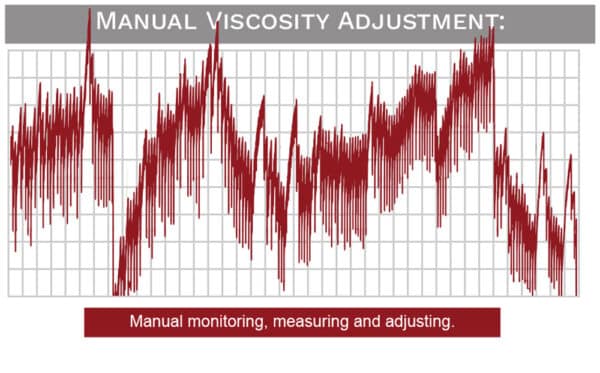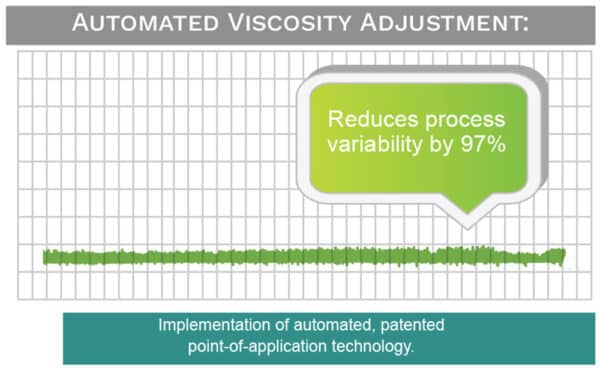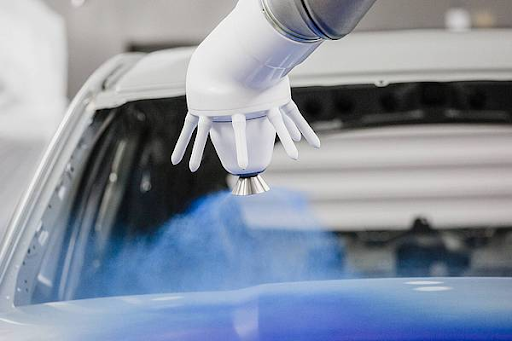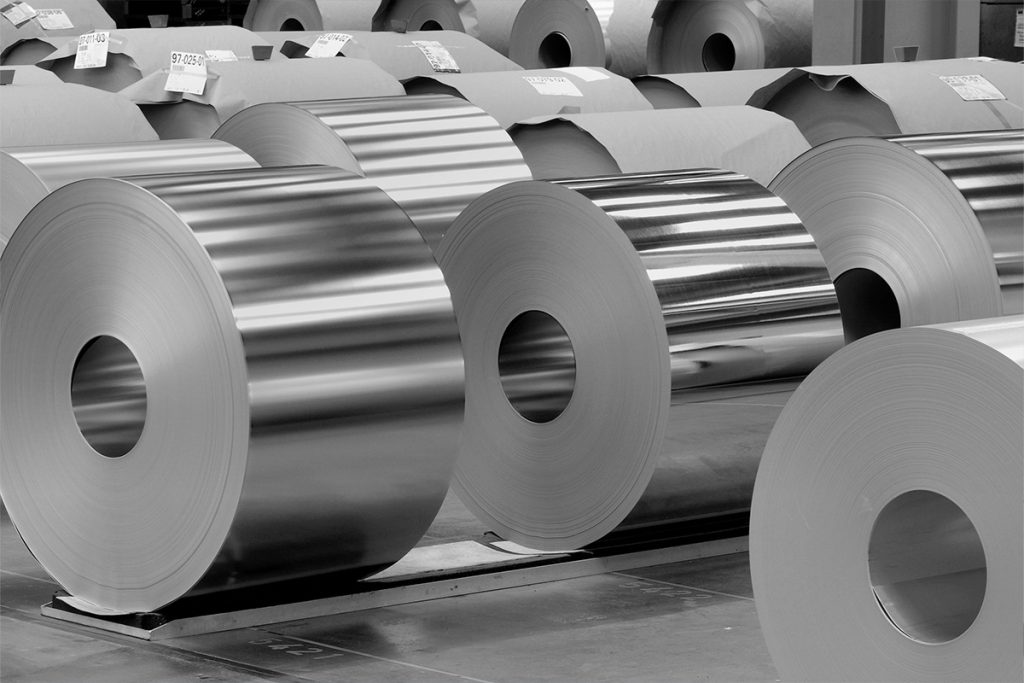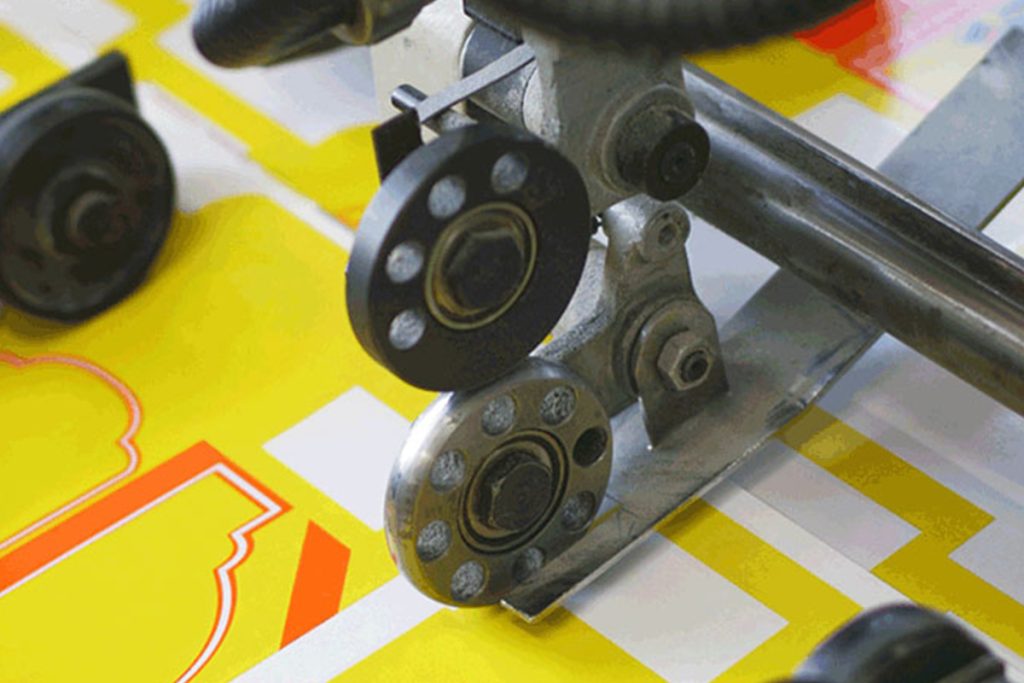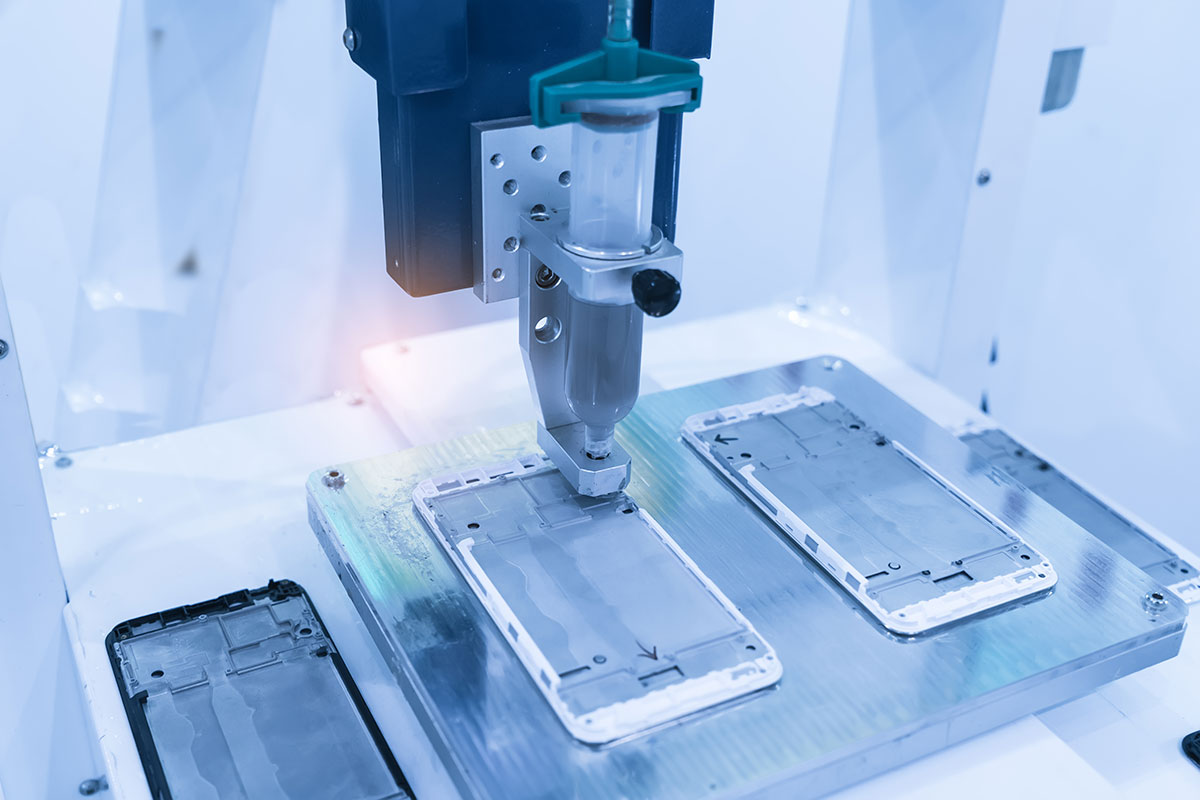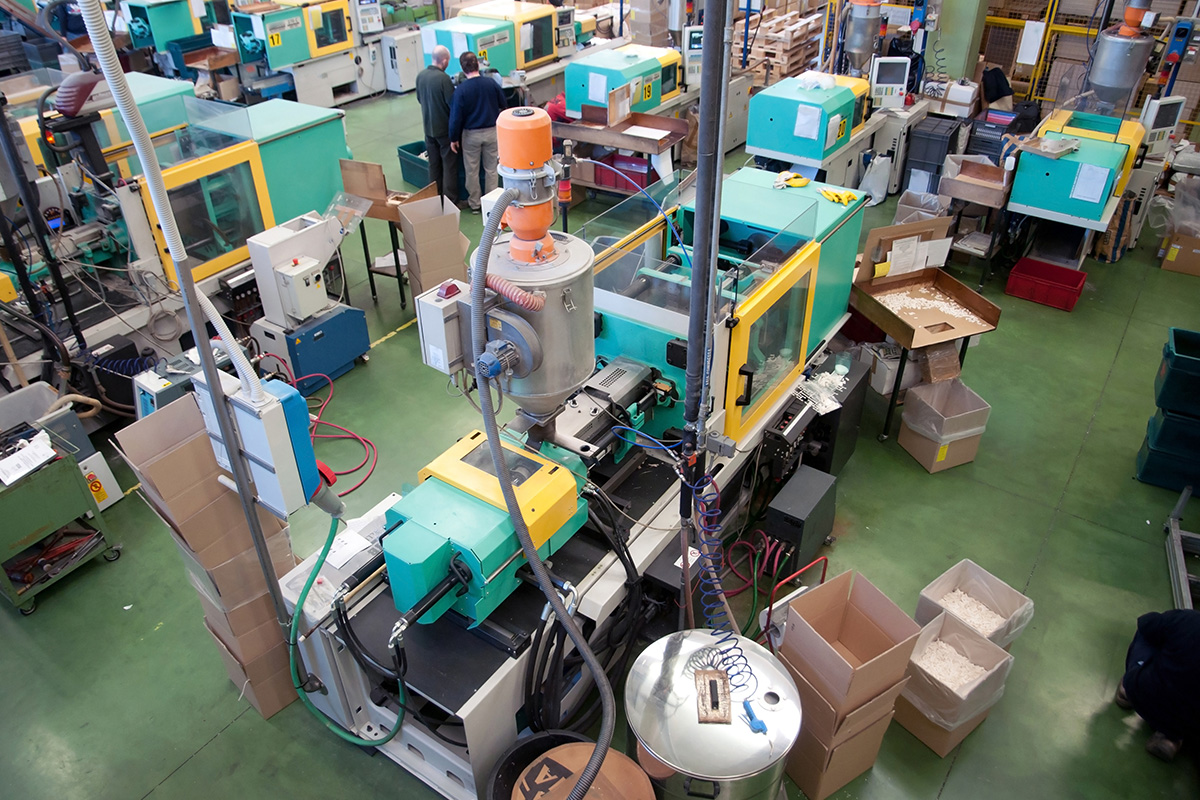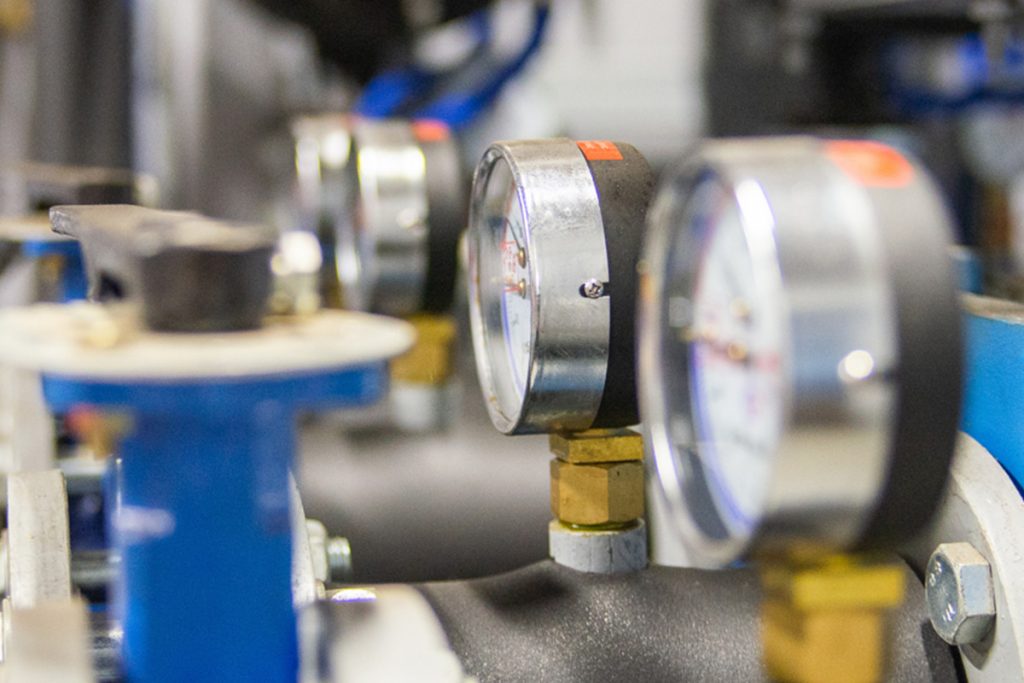“This was one of the easiest capital project implementations that we’ve ever done.” - Ron H., Steelscape
“Their temperature control system provided the biggest bang for the buck of any capital project so far!” - Jay Michael, Ternium
“The system actually resulted in an 80% reduction of naphthalene usage – a savings of nearly 72,000 lbs. a year!” - Eric Slind, Steelscape
Save Time. Reduce Waste.
Improve Quality.
These days, it’s not enough to simply use a robot in your automated fluid dispensing process. If you want high-quality, reliable, consistent results, you need tight viscosity and temperature control at the point of application. And that’s exactly what Saint Clair Systems does.
Over 99% of businesses who adopt our solutions save money and time, deliver better products, and reduce dependence on manual labor.
Switching from Manual Viscosity Adjustments to Automated Viscosity
Control Reduces Process Variability by 97%
Switching from Manual Viscosity Adjustments to Automated Viscosity Control Reduces Process Variability by 97%
Manually monitoring, measuring, and adjusting a material’s viscosity using a flow cup and stopwatch create unacceptable ranges of process variability due to crises-based dosing. However, once a fully automated control system is implemented, precise adjustments instantaneously take place reducing process variability by 97 percent.
The technology is inexpensive, easy to install, easy to operate, and suitable for multiple applications.
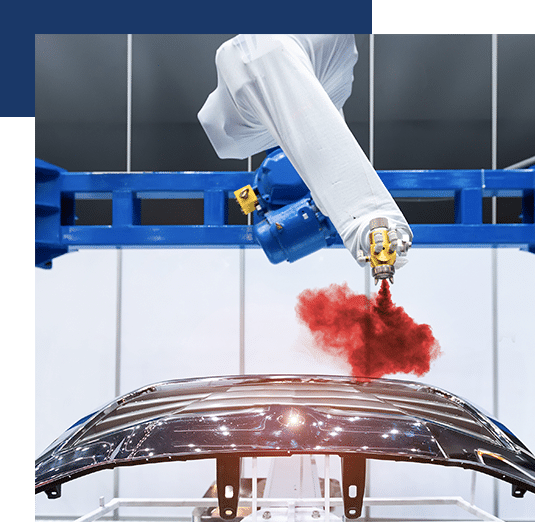
Perfecting Modern Fluid Dispensing
With Viscosity & Temperature Control
Perfecting Modern Fluid Dispensing With Viscosity & Temperature Control
Fluid dispensing is a journey.
The long-accepted practice of attempting to control temperature in the mixing room leaves too many opportunities for ambient temperature to fluctuate and impact viscosity (and, in turn, the quality of your output).
Our point-of-application technology removes this problem and replaces it with unparalleled consistency, reduced waste, and exceptional output.
Resources
Free 10-Point Diagnostic Calculator
Use our FREE diagnostic calculator to score your process. The Saint Clair Systems 10-point calculator can help you:
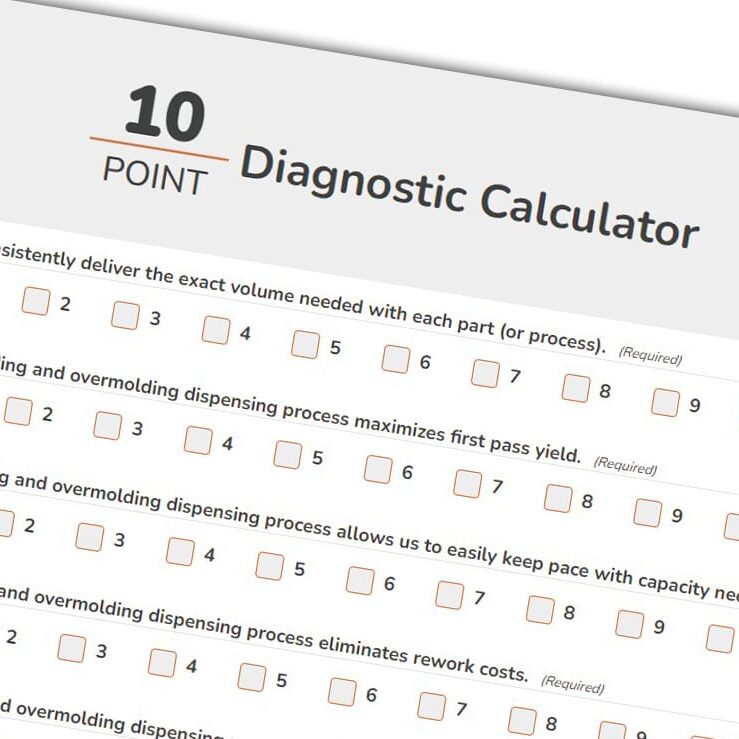
As always, our temperature & viscosity control experts are available to speak with you about your your process.
Give us a call or check out our FREE process evaluation.
Orange Peel Prevention
Orange peel can be hard to troubleshoot – but it doesn’t have to be. Sign up for access to your FREE eGuide on controlling orange peel.
Orange peel in paint is one of the biggest causes of paint finish defects in automotive and industrial paint applications. This FREE eGuide will help you identify:
How the weather affects your process
How controlling temperature in your production environment reduces defects
The things that impact orange peel levels in a final product
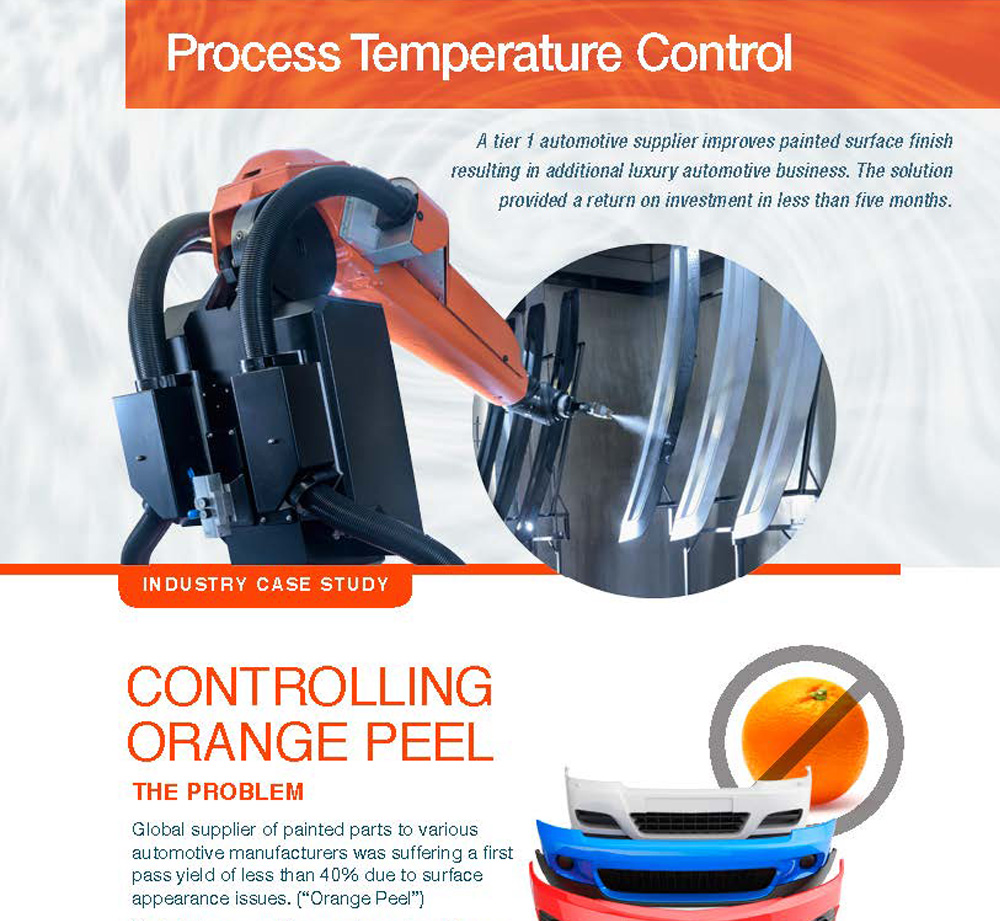
Waste Calculator
Want to calculate your paint process waste? Sign up for access to our FREE waste calculator!
What is your waste costing you?
Use our FREE paint process waste calculator to find the biggest sources of waste in your finishing process.
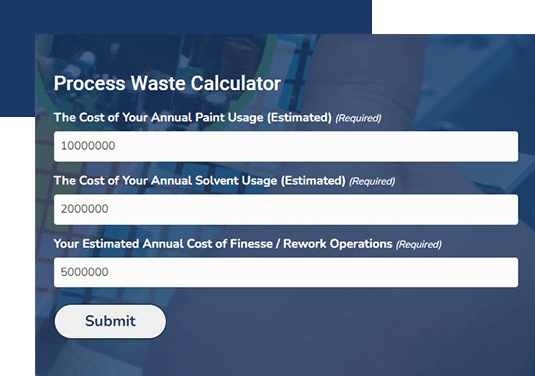
How We Work With You
Control Calculator
How Do You Rate?
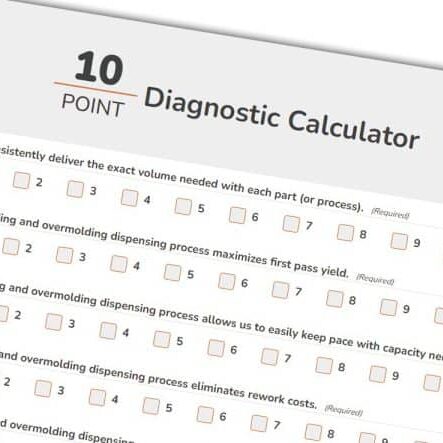
Our convenient 10-question diagnostic tool allows you to self-evaluate and see how you stack up against others in your industry. If your process has inefficiencies, let us help identify them and propose solutions to help minimize wasted money, time & resources.
We have made it easy for you to quickly answer the questions, receive a score, and get an idea of where your process stands. Use our experience to help determine if you’re missing opportunities for process repeatability, reliability, and waste reduction..
Talking Tour
An Easy First Step
Temperature Tour
A Change in Perspective
Viscosity View
Its Time to Quantify
Demo Decision
Try Out a Solution
If our demonstration unit performs as planned, we can move forward. If it doesn’t, we’ll remove the unit (and hope that we both learned something!).
Contact us to schedule the installation of a demonstration unit.
Our service technician commissions the equipment and trains your team.
We offer suggestions for optimizing performance and answer any questions.
You use the equipment for at least two weeks so you can experiment with different materials and varying conditions.
You make an informed decision using your process, your data and your results.
Here’s How Saint Clair Systems Changed the Manufacturing Process for its Customers:
Let's Talk About Your Process
We know each process has its own unique qualities. Get in touch with us so we can learn more about how your process functions and how temperature and viscosity may be affecting your bottom line.

